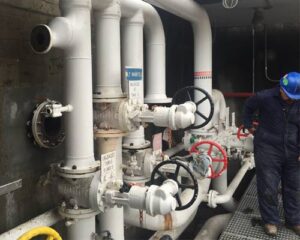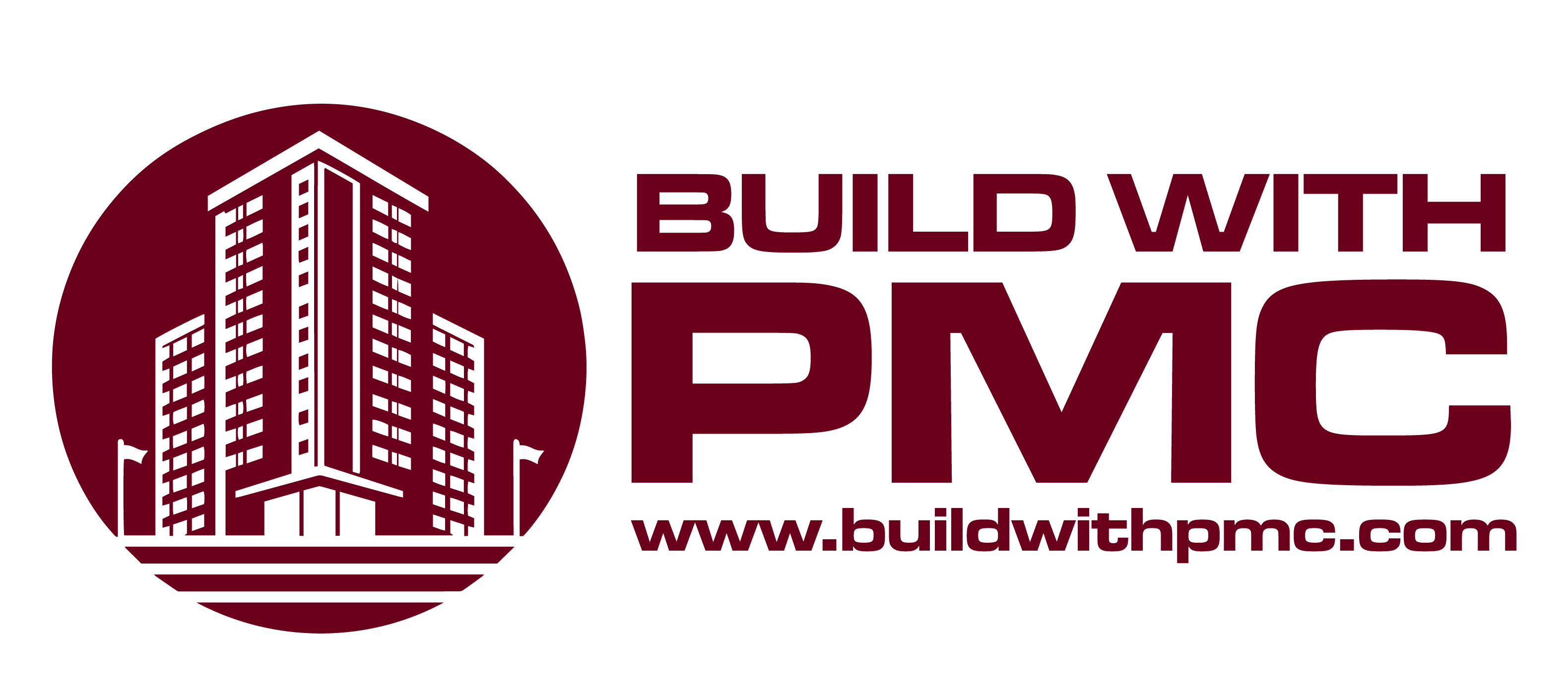Process piping design may not always be in the spotlight, but its significance in various industries cannot be overstated. From manufacturing plants to chemical refineries, proper process piping design forms the backbone of efficient operations. This intricate network of pipes ensures the seamless transportation of liquids, gases, and solids, safeguarding both personnel and equipment. In this blog, we delve into the critical importance of proper process piping design. We’ll explore how meticulous planning, adherence to industry standards, and innovative techniques contribute to the reliability, safety, and longevity of piping systems. Whether it’s optimizing flow rates, minimizing energy consumption, or mitigating potential hazards, every aspect of process piping design plays a pivotal role in achieving operational excellence. Join us as we unravel the complexities of process piping design, uncovering the hidden intricacies that shape the success of modern industrial operations.
Precision in Motion: How Process Piping Design Shapes Manufacturing Success
In the intricate dance of manufacturing, every movement counts. From the flow of raw materials to the delivery of finished products, efficiency is the heartbeat of success. At the core of this efficiency lies a critical yet often overlooked element: process piping design. This article explores the profound impact of meticulous piping design on manufacturing prowess, unveiling the intricate web of considerations and strategies that shape industrial success.

The Backbone of Operational Efficiency
Process piping design serves as the silent backbone of operational efficiency in manufacturing facilities. It orchestrates the seamless movement of liquids, gasses, and solids throughout the production process, ensuring that every component arrives precisely where it’s needed, when it’s needed.
Optimizing Flow Dynamics
At its essence, process piping design is a study in fluid dynamics. Engineers meticulously craft piping layouts to minimize friction, turbulence, and pressure drops, optimizing flow rates and preserving energy resources. By mastering the art of fluid motion, manufacturers can enhance productivity while reducing operational costs.
Material Selection: Balancing Performance and Durability
The choice of materials is a pivotal decision in process piping design, balancing performance requirements with durability and cost considerations. Whether it’s corrosion-resistant alloys for harsh chemical environments or high-strength plastics for lightweight applications, selecting the right materials is essential for long-term reliability.
Layout Optimization: Maximizing Space and Accessibility
In the confined spaces of a manufacturing facility, every inch counts. Process piping designers employ advanced layout optimization techniques to maximize space utilization while ensuring easy access for maintenance and inspection. From intricate pipe routing to strategic equipment placement, every element is meticulously orchestrated for efficiency.
Ensuring Regulatory Compliance and Safety
Compliance with industry regulations and safety standards is non-negotiable in manufacturing. Process piping design plays a critical role in ensuring compliance with codes such as ASME B31.3, API 570, and others, while also prioritizing the safety of workers and the surrounding environment through features like pressure relief systems and leak detection.
Sustainability Spotlight: How Process Piping Design Drives Environmental Responsibility
In an era marked by growing environmental consciousness, industries face increasing pressure to adopt sustainable practices. Amidst this backdrop, process piping design emerges as a key driver of environmental responsibility. This article highlights the pivotal role of process piping design in promoting sustainability within industrial operations.
- Material Selection for Eco-Friendly Solutions: Process piping design allows for the selection of materials with lower environmental impact, such as recycled metals or corrosion-resistant alloys that reduce the need for maintenance and replacement, thus minimizing resource consumption over time.
- Efficient Fluid Handling for Reduced Energy Consumption: Optimized piping layouts and fluid handling systems reduce energy consumption by minimizing frictional losses, pressure drops, and pumping requirements, contributing to lower carbon emissions and overall energy usage.
- Integration of Renewable Energy Sources: Smart piping design facilitates the integration of renewable energy sources, such as solar thermal systems or biomass boilers, into industrial processes, further reducing reliance on fossil fuels and promoting a transition to cleaner energy alternatives.
- Water Conservation and Reuse Strategies: Process piping design incorporates water conservation and reuse strategies, such as closed-loop systems and greywater recycling, to minimize freshwater consumption and alleviate strain on local water resources, supporting sustainable water management practices.
Maximizing Efficiency: The Economic Benefits of Optimal Process Piping Design
In the relentless pursuit of operational excellence, maximizing efficiency isn’t just a goal—it’s a necessity. Every inefficiency, no matter how minor, can ripple through the entire manufacturing process, impacting productivity, profitability, and competitiveness. One often-overlooked but incredibly impactful aspect of efficiency lies in the realm of process piping design. This article explores the economic benefits of optimal process piping design, shedding light on how smart design decisions can translate into tangible financial gains for manufacturing enterprises.
Reducing Operational Costs Through Flow Optimization
Optimal process piping design isn’t just about moving fluids from point A to point B—it’s about doing so with minimal energy consumption. By optimizing flow rates, minimizing pressure drops, and reducing frictional losses, engineers can significantly lower the energy requirements of pumping and transporting fluids, leading to substantial cost savings over the long term.
Minimizing Material Waste and Product Loss
In industries where raw materials are precious commodities, minimizing waste is essential for maintaining profitability. Process piping design plays a crucial role in this regard, ensuring precise control over material flows to minimize spills, leaks, and product loss. By preventing waste at every stage of the production process, manufacturers can maximize yield and minimize costs.
Enhancing Equipment Reliability and Longevity
The reliability of manufacturing equipment is directly linked to productivity and profitability. Optimal process piping design considers factors such as fluid velocity, pressure fluctuations, and material compatibility to minimize wear and tear on equipment components. By reducing maintenance downtime and extending equipment lifespan, smart piping design can deliver significant cost savings over time.
Streamlining Installation and Commissioning
Time is money in manufacturing, and delays during installation and commissioning can have a direct impact on the bottom line. Optimal process piping design prioritizes ease of installation, with standardized components, modular layouts, and clear documentation. By minimizing installation time and reducing the risk of errors, manufacturers can accelerate time-to-market and start generating revenue sooner.
Facilitating Scalability and Flexibility
In today’s fast-paced business environment, agility is essential for staying competitive. Optimal process piping design anticipates future growth and changes, with scalable layouts that can accommodate expansions, upgrades, and process modifications with minimal disruption. By avoiding the need for costly retrofits and reconfigurations, smart piping design enables manufacturers to adapt quickly to evolving market demands.
Conclusion
Understanding the significance of proper process piping design is paramount in ensuring the efficiency, safety, and longevity of industrial systems. From minimizing leaks and corrosion to optimizing fluid flow and pressure, meticulous planning and execution in piping design can significantly impact the overall performance and reliability of operations. By prioritizing factors such as material selection, layout, and compliance with industry standards, businesses can mitigate risks, enhance productivity, and maintain regulatory compliance in their operations.
For further inquiries or assistance with process piping design and related services, feel free to reach out to PMC INC. Located in Southern California, our team of experts is dedicated to delivering tailored solutions to meet your specific needs. Contact us at 562-905-3101 to discuss how we can support your projects and ensure the success of your industrial endeavors.




